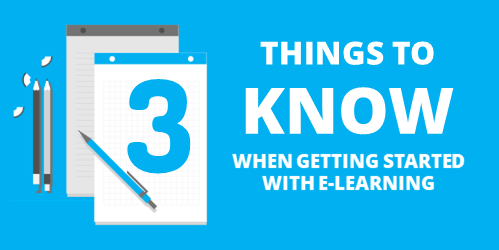
I was reviewing some older presentations I found a slide regarding the topic of getting started with e-learning. On the slide I offered three helpful tips when getting started that still hold true today.
An E-Learning Course is Different from a Classroom Session
A challenge a lot of new e-learning developers have is that they start with existing content from classroom training. This is usually in PowerPoint; and it’s easy enough to import a PowerPoint slide into an e-learning application, add a quiz, and call it good.
This is fine for some compliance training or annual refresher content because they tend to be less about “learning” and more about sharing information. But it’s not ideal.
The better strategy is to craft a learning experience that’s different than the classroom experience. Focus on the objectives and activities required to demonstrate understanding. That will help build courses less about a content dump and more about meeting measurable objectives.
Here’s a good book that does a great job walking through a backwards course design where you focus on the learning experience and not just the content.
E-Learning is Mostly a Visual Medium
Accessibility is a primary consideration when building a course, but outside of that, the e-learning course is mostly visual. Make the investment to learn more about how to structure the onscreen content properly and the how to communicate in a visual medium.
Two good books: The Non-Designer’s Design Book to learn more about basic design and Slideology to learn more about visual communication. And while you’re at it, learn to support what you do visually with alt-text and other accessibility considerations.
You’re Only as Good as What You Know About the Software
If all you know is the basics, all you’ll be able to build is basic courses. The truth is that it takes time to learn to use software. You need to make an investment to learn how to really use the tools. Here’s why:
- It speeds up your production as you become more efficient. This saves time and lets you spend your energy elsewhere.
- You’ll learn advanced skills that let you problem solve. The software gives you specific features, but as you gain more advanced skills, you’ll produce unique ways to use the features. But you need to know how the features work to start.
- You’ll design more engaging and effective e-learning. For example, if you don’t know how to use variables, you severely limit what you can do. But once you understand how that feature works, you’ll build all sorts of different courses and interactive experiences.
One of the best ways to learn is to build something. This can be a challenge at work where you may have some project constraints and build the same courses over and over again.
That’s why I highly recommend the weekly e-learning challenges. They’re designed to get you to think about some new idea and how you’d build it. They’re not intended to be fancy or big courses. You can build something simple or something elaborate, that’s up to you. The main thing is you’re spending time in the tools applying your creative juices. And you get to see some cool examples from others in the community.
If you don’t do the challenges, make it a goal to do one per quarter. And at a minimum, check out what others build every week. You’ll get some neat ideas for your own courses.
There you go, three simple tips to help you get moving in the right direction.
Events
Free E-Learning Resources







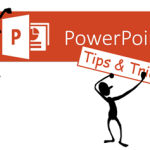
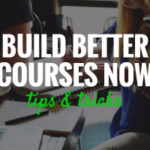
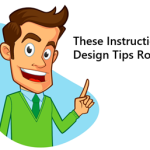
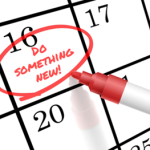
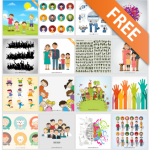
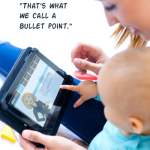



0
comments